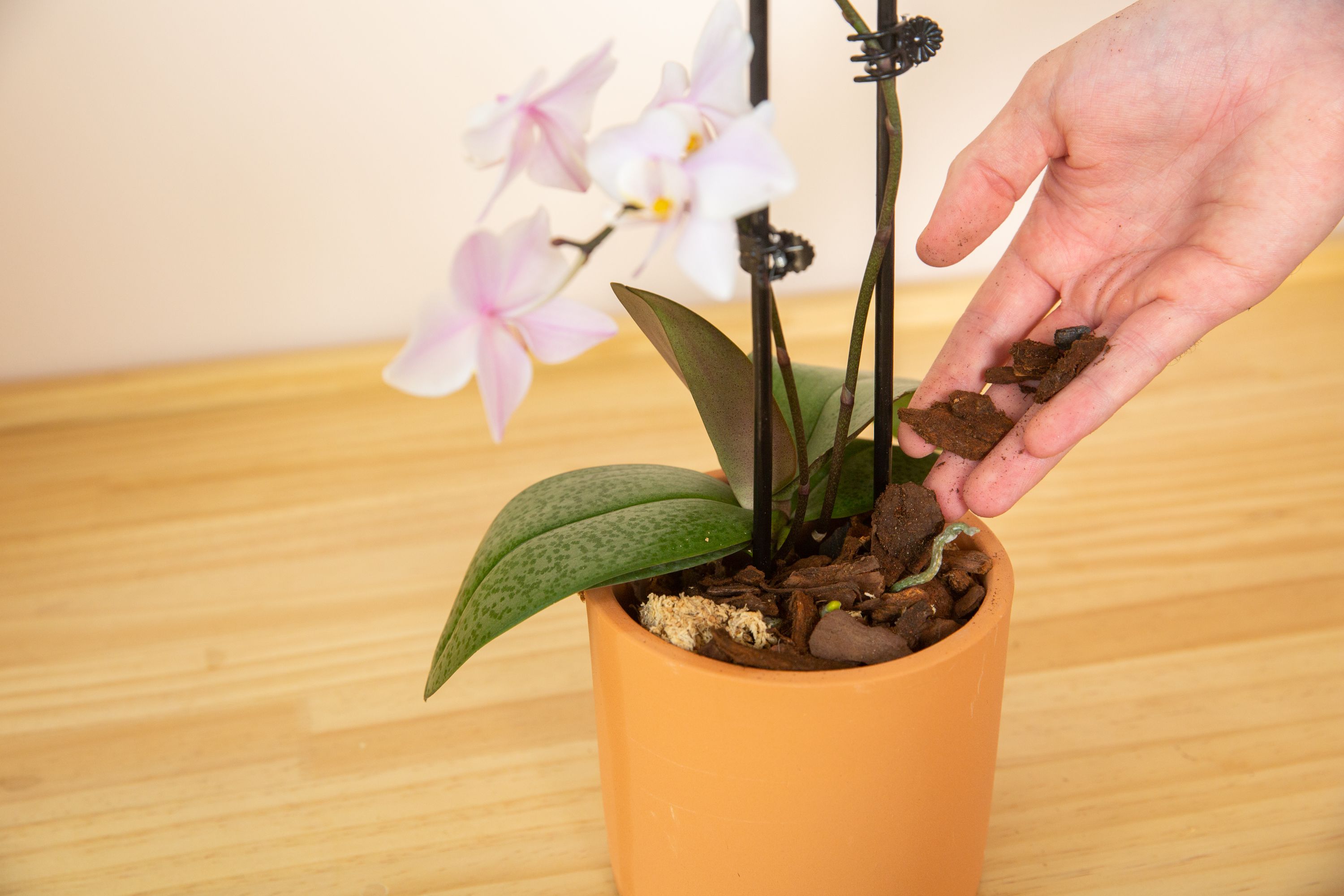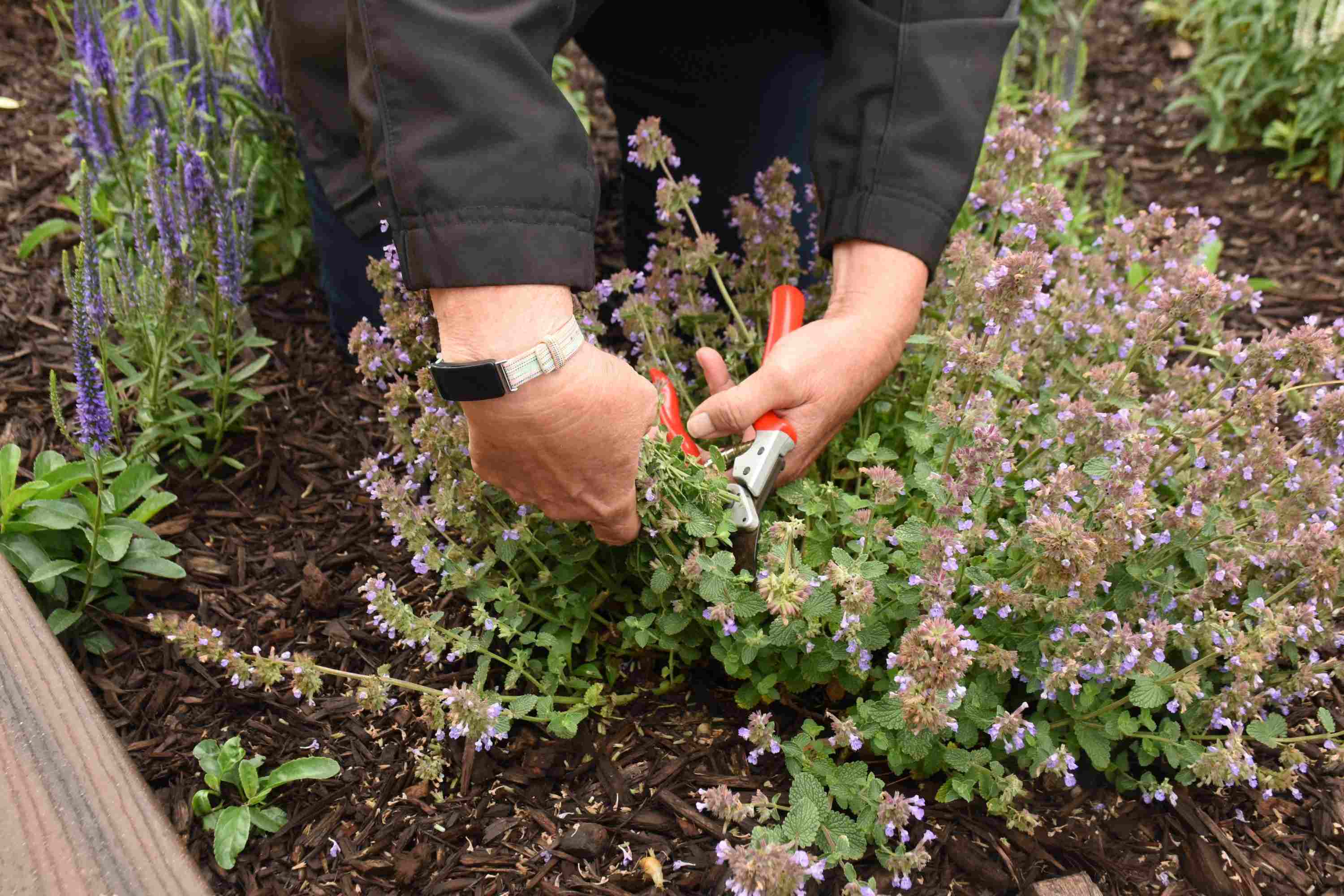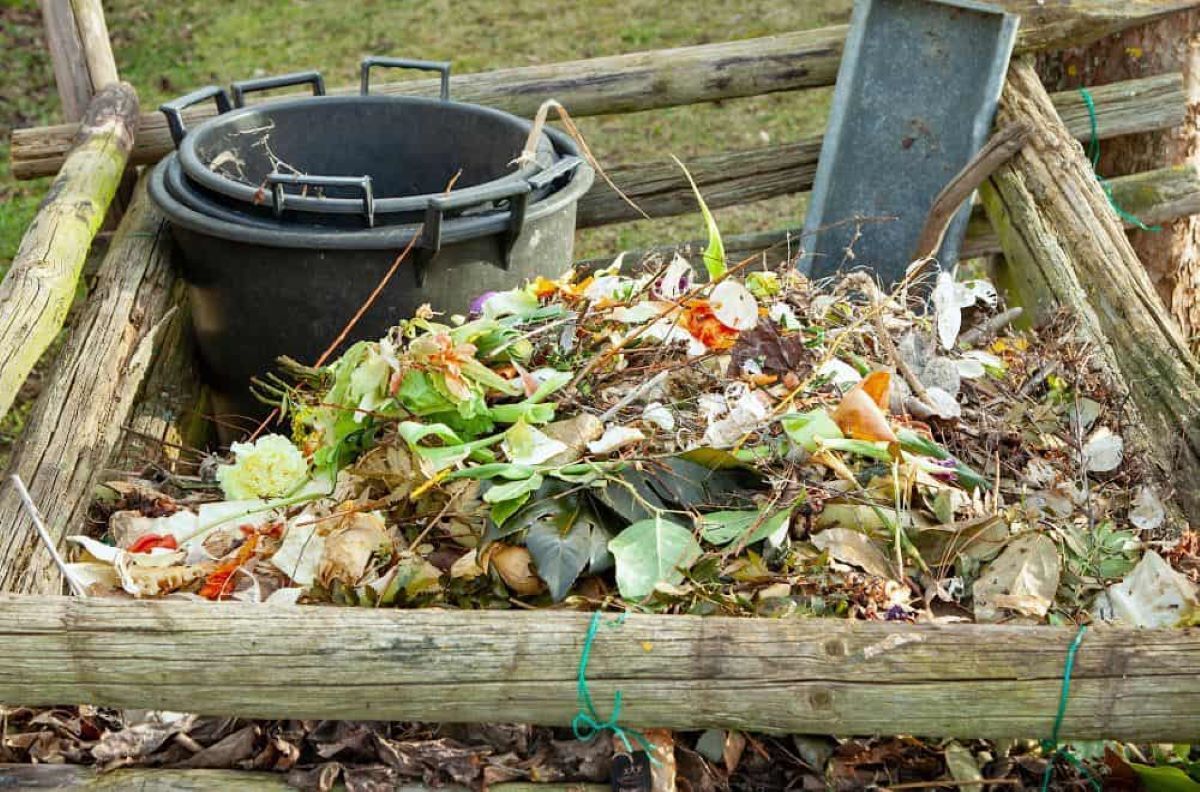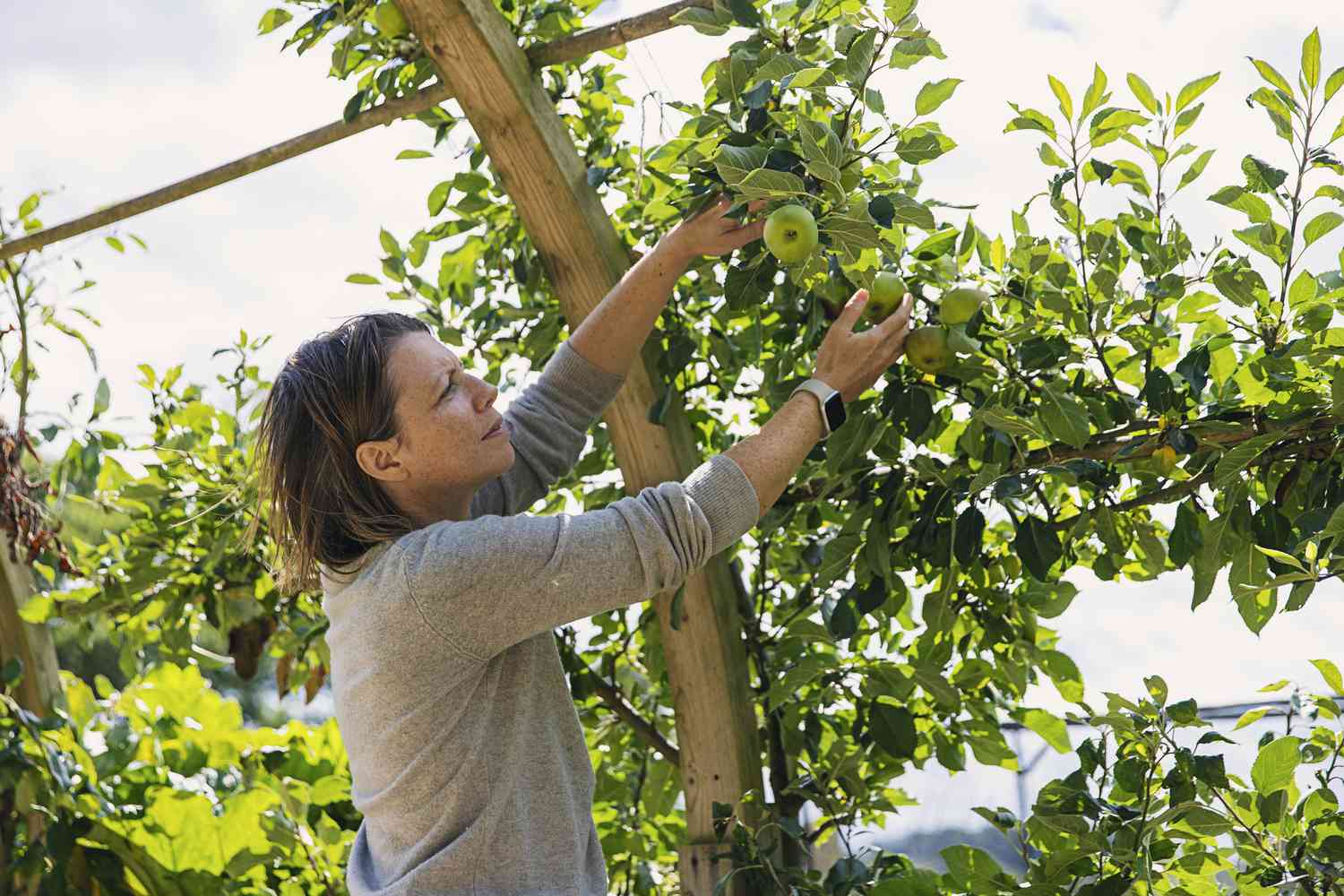Home>Gardening Basics>Understanding Soil>How To Take Soil Samples For Testing


Understanding Soil
How To Take Soil Samples For Testing
Published: February 11, 2024
Learn how to take soil samples for testing and understand the importance of soil analysis. Improve your gardening and farming practices with this guide.
(Many of the links in this article redirect to a specific reviewed product. Your purchase of these products through affiliate links helps to generate commission for Chicagolandgardening.com, at no extra cost. Learn more)
Table of Contents
Introduction
Soil testing is a crucial step in understanding the health and composition of the ground beneath our feet. By analyzing soil samples, we can uncover essential information about nutrient levels, pH balance, and potential contaminants. This knowledge empowers farmers, gardeners, and land developers to make informed decisions that can enhance crop yields, optimize plant growth, and protect the environment.
Understanding the unique characteristics of soil is fundamental to sustainable land use and ensuring the success of agricultural and landscaping endeavors. Whether you're a seasoned farmer or a novice gardener, comprehending the science of soil testing can provide valuable insights that directly impact the health of your plants and the productivity of your land.
In this comprehensive guide, we will explore the essential steps involved in taking soil samples for testing. From choosing the right tools to interpreting test results, we will delve into the intricacies of soil analysis. By the end of this article, you will have a clear understanding of the soil testing process and its significance in land management and cultivation. So, let's roll up our sleeves and unearth the secrets hidden beneath the earth's surface.
Importance of Soil Testing
Soil testing holds immense significance in various fields, including agriculture, horticulture, environmental science, and land development. By assessing the composition and characteristics of soil, individuals and organizations can make informed decisions that have far-reaching implications. Here are some key reasons why soil testing is crucial:
- Optimizing Nutrient Levels: Soil testing provides valuable insights into the nutrient content of the soil, including essential elements such as nitrogen, phosphorus, and potassium. By understanding these levels, farmers and gardeners can tailor their fertilization strategies to ensure optimal plant nutrition, leading to healthier crops and improved yields.
- Adjusting pH Balance: The pH level of soil directly affects the availability of nutrients to plants. Through soil testing, individuals can determine the soil’s acidity or alkalinity and take necessary steps to adjust the pH, creating a more hospitable environment for plant growth.
- Identifying Contaminants: Soil testing helps in detecting harmful contaminants such as heavy metals, pesticides, and pollutants. This is particularly crucial for urban development projects, as well as for ensuring the safety of agricultural produce and the surrounding ecosystem.
- Enhancing Environmental Sustainability: By understanding the composition of soil, land managers and environmental scientists can implement sustainable land use practices, minimize erosion, and protect natural habitats. Soil testing plays a vital role in promoting environmental stewardship and conservation.
- Cost-Effective Solutions: Soil testing enables efficient use of resources by providing targeted solutions for soil improvement. Rather than applying generic treatments, individuals can address specific soil deficiencies, leading to cost savings and reduced environmental impact.
Ultimately, soil testing empowers individuals to make informed choices that promote efficient land use, sustainable agriculture, and environmental stewardship. By harnessing the insights gained from soil analysis, we can cultivate healthier crops, preserve natural ecosystems, and build a more sustainable future for generations to come.
Choosing the Right Tools
Before embarking on the process of soil sampling, it is essential to gather the necessary tools to ensure accurate and efficient collection. Selecting the right equipment is crucial for obtaining representative soil samples that reflect the true characteristics of the land. Here are the key tools required for successful soil sampling:
- Soil Probe or Auger: A soil probe or auger is the primary tool for extracting soil samples from the ground. These devices come in various designs, including tube probes and spiral augers, and are used to collect soil cores at specific depths. When choosing a soil probe, consider factors such as soil type, sampling depth, and ease of use.
- Sampling Bags or Containers: Once the soil samples are collected, they need to be stored in clean, airtight containers or bags to prevent contamination and preserve their integrity during transportation. It is important to use non-reactive materials such as plastic or stainless steel to avoid altering the composition of the samples.
- Labeling Materials: Properly labeling each soil sample is essential for accurate record-keeping and traceability. Permanent markers, waterproof labels, and field notebooks are essential for documenting the sampling locations, depths, and any relevant observations.
- Protective Gear: Depending on the sampling environment and potential hazards, appropriate protective gear such as gloves, safety glasses, and sturdy footwear should be worn to ensure personal safety during the sampling process.
- Clean Tools and Equipment: It is crucial to ensure that all tools and equipment used for soil sampling are clean and free from any residues or contaminants. Any residual materials from previous sampling activities can compromise the integrity of the current samples.
By carefully selecting and preparing the right tools for soil sampling, individuals can ensure the accuracy and reliability of the collected samples, laying the groundwork for precise soil analysis and informed decision-making.
Selecting Sampling Locations
Choosing the appropriate sampling locations is a critical aspect of soil testing, as it directly influences the accuracy and relevance of the results obtained. The goal is to collect samples that are representative of the entire area of interest, whether it is a field, garden, or construction site. Here are key considerations for selecting sampling locations:
- Zoning and Segmentation: Divide the area into zones based on factors such as soil type, topography, land use, and historical management practices. Each zone should be sampled separately to account for potential variations in soil composition and characteristics.
- Random Sampling: Within each zone, employ a random sampling approach to ensure that the collected samples are truly representative. Random sampling helps avoid bias and provides a more accurate depiction of the overall soil conditions.
- Depth Considerations: Different plants and crops have varying root depths, so it is essential to collect samples at appropriate depths based on the specific vegetation or land use. For instance, agricultural soils may require samples from different depths compared to lawns or ornamental gardens.
- Avoiding Contamination: When selecting sampling locations, be mindful of potential sources of contamination, such as chemical storage areas, waste disposal sites, or heavily trafficked areas. These locations should be avoided to prevent skewed test results.
- Grid Sampling: For larger areas, grid sampling can be employed, wherein the land is divided into a grid and samples are collected at regular intervals within each grid cell. This method provides comprehensive coverage and facilitates detailed analysis of spatial variations in soil properties.
By thoughtfully selecting sampling locations and employing systematic sampling methods, individuals can ensure that the collected soil samples accurately represent the diversity of soil characteristics within the area of interest. This approach forms the foundation for obtaining meaningful and actionable insights from the subsequent soil testing process.
Collecting Soil Samples
The process of collecting soil samples requires precision and attention to detail to ensure the integrity and accuracy of the samples. Here are the essential steps for collecting soil samples:
- Prepare the Sampling Tools: Ensure that the soil probe or auger is clean and free of any debris or residues from previous use. This helps prevent cross-contamination and ensures the purity of the samples.
- Determine Sampling Depth: Based on the specific requirements of the analysis and the vegetation or land use under consideration, determine the appropriate sampling depth. For most agricultural purposes, sampling depths of 6 to 8 inches are common, while for lawns and gardens, shallower depths may be sufficient.
- Collect Representative Samples: Use the soil probe or auger to extract soil cores at the predetermined depths. Collect multiple cores from each sampling location to obtain a representative composite sample that accounts for potential variations within the area.
- Avoid Cross-Contamination: Clean the sampling tool between each sampling location to prevent the transfer of soil from one location to another. This helps maintain the distinctiveness of each sample and ensures the accuracy of the analysis.
- Combine and Mix Samples: Once the cores are collected, combine them in a clean container and mix them thoroughly to create a composite sample that represents the entire sampling location. This step helps average out any potential variations within the area.
- Repeat for Each Sampling Location: Follow the same procedure for each selected sampling location, ensuring that the samples are collected systematically and without bias.
By adhering to these steps and maintaining strict adherence to sampling protocols, individuals can obtain soil samples that accurately reflect the characteristics of the land, paving the way for meaningful analysis and actionable insights.
Packaging and Labeling Samples
Once the soil samples have been collected, proper packaging and labeling are essential to preserve their integrity and ensure accurate identification throughout the testing process. Here are the key steps for packaging and labeling soil samples:
- Use Clean Containers: Select clean, airtight containers or sampling bags to store the soil samples. Avoid using containers that may react with or contaminate the samples, such as metal containers that can corrode or plastic bags with residual contaminants.
- Labeling: Each sample container should be clearly labeled with information such as the sampling location, depth, date of collection, and any relevant observations or characteristics of the site. This labeling ensures traceability and prevents mix-ups during transportation and analysis.
- Preservation: If there is a delay between sample collection and delivery to the testing facility, it is important to store the samples in a cool, dry place to prevent microbial activity or chemical changes that could alter the composition of the soil.
- Chain of Custody: For samples being submitted to a testing laboratory, it is crucial to maintain a chain of custody documentation, detailing the handling and transportation of the samples from the collection site to the laboratory. This documentation ensures accountability and reliability of the test results.
- Protective Packaging: To prevent breakage or leakage during transit, ensure that the sample containers are securely packaged and cushioned within the transport packaging. This helps safeguard the samples from damage and maintains their integrity.
By meticulously packaging and labeling soil samples, individuals can safeguard the accuracy and reliability of the samples, setting the stage for precise analysis and meaningful interpretation of the test results.
Sending Samples to the Lab
Once the soil samples have been properly collected, packaged, and labeled, the next crucial step is to send them to a reputable testing laboratory for analysis. The handling and transportation of the samples play a significant role in maintaining the integrity of the collected soil samples. Here are the essential considerations when sending samples to the lab:
- Choose a Certified Laboratory: Select a testing laboratory with a proven track record of accurate and reliable soil analysis. Look for certifications and accreditations that demonstrate the lab’s adherence to industry standards and best practices.
- Follow Shipping Guidelines: If shipping the samples, ensure compliance with shipping guidelines and regulations for the transportation of soil and other environmental samples. This may include adherence to specific packaging and labeling requirements for hazardous materials, if applicable.
- Document the Shipment: Maintain detailed records of the shipment, including the date of dispatch, the shipping method used, and any tracking or identification numbers associated with the shipment. This documentation aids in tracking the samples and ensures accountability throughout the transportation process.
- Communicate with the Lab: Prior to sending the samples, communicate with the testing laboratory to understand their specific requirements for sample submission. This may include completing submission forms, providing relevant documentation, and adhering to any specific instructions for sample handling.
- Ensure Timely Delivery: Aim to send the samples to the laboratory in a timely manner to minimize any potential degradation or changes in the samples. Prompt delivery helps maintain the integrity of the samples and ensures the accuracy of the test results.
By adhering to these guidelines and best practices, individuals can ensure that the soil samples reach the testing laboratory in optimal condition, setting the stage for accurate and insightful analysis of the soil’s composition and characteristics.
Interpreting Test Results
Once the soil samples have been analyzed in the laboratory, the test results provide valuable insights into the composition, nutrient levels, and overall health of the soil. Understanding and interpreting these results is crucial for making informed decisions regarding land management, agricultural practices, and environmental stewardship. Here are the key aspects to consider when interpreting soil test results:
- Nutrient Levels: The test results will indicate the levels of essential nutrients such as nitrogen, phosphorus, potassium, and micronutrients present in the soil. These values help determine the soil’s fertility and its capacity to support plant growth.
- pH Balance: The pH level of the soil influences nutrient availability and plant uptake. Test results will reveal the soil’s acidity or alkalinity, guiding the necessary adjustments to optimize the pH balance for specific crops or plants.
- Organic Matter and Texture: The percentage of organic matter and the soil texture (e.g., sand, silt, clay) are critical factors that influence soil structure, water retention, and nutrient holding capacity. Understanding these characteristics aids in implementing suitable soil management practices.
- Contaminants and Toxic Elements: Test results may identify the presence of contaminants such as heavy metals, pesticides, or pollutants that could pose risks to human health, plant growth, or environmental sustainability. Proper interpretation of these findings is essential for mitigating potential hazards.
- Recommendations and Amendments: Many soil test reports include recommendations for soil amendments, fertilization strategies, and other corrective measures based on the test results. These recommendations guide the application of targeted solutions to address specific soil deficiencies and optimize plant growth.
By carefully analyzing and interpreting the soil test results, individuals can gain valuable insights into the unique characteristics of their soil and make informed decisions regarding fertilization, soil amendments, and land management practices. This knowledge empowers land managers, farmers, and gardeners to cultivate healthier crops, promote environmental sustainability, and optimize the use of natural resources.
Conclusion
Soil testing is an indispensable tool for understanding the complex dynamics of the earth’s surface and harnessing its potential for sustainable agriculture, environmental conservation, and land development. By following the essential steps of soil sampling, from selecting the right tools to interpreting test results, individuals can unlock valuable insights that guide informed decision-making and promote the health and productivity of the land.
Through soil testing, we gain a deeper understanding of nutrient levels, pH balance, soil structure, and potential contaminants, laying the groundwork for targeted soil management practices and precise fertilization strategies. This knowledge not only optimizes crop yields and enhances plant health but also contributes to environmental stewardship by minimizing the impact of pollutants and promoting sustainable land use.
As we embrace the science of soil testing, we recognize its role in shaping a more resilient and productive agricultural landscape, fostering healthier ecosystems, and safeguarding natural resources for future generations. By integrating the insights gleaned from soil analysis into our land management practices, we take significant strides towards building a sustainable and thriving environment.
So, whether you’re a farmer tending to vast fields, a gardener nurturing a small plot, or a land developer shaping the urban landscape, the art and science of soil testing empower you to cultivate the earth with wisdom and foresight, ensuring its vitality and abundance for years to come.









